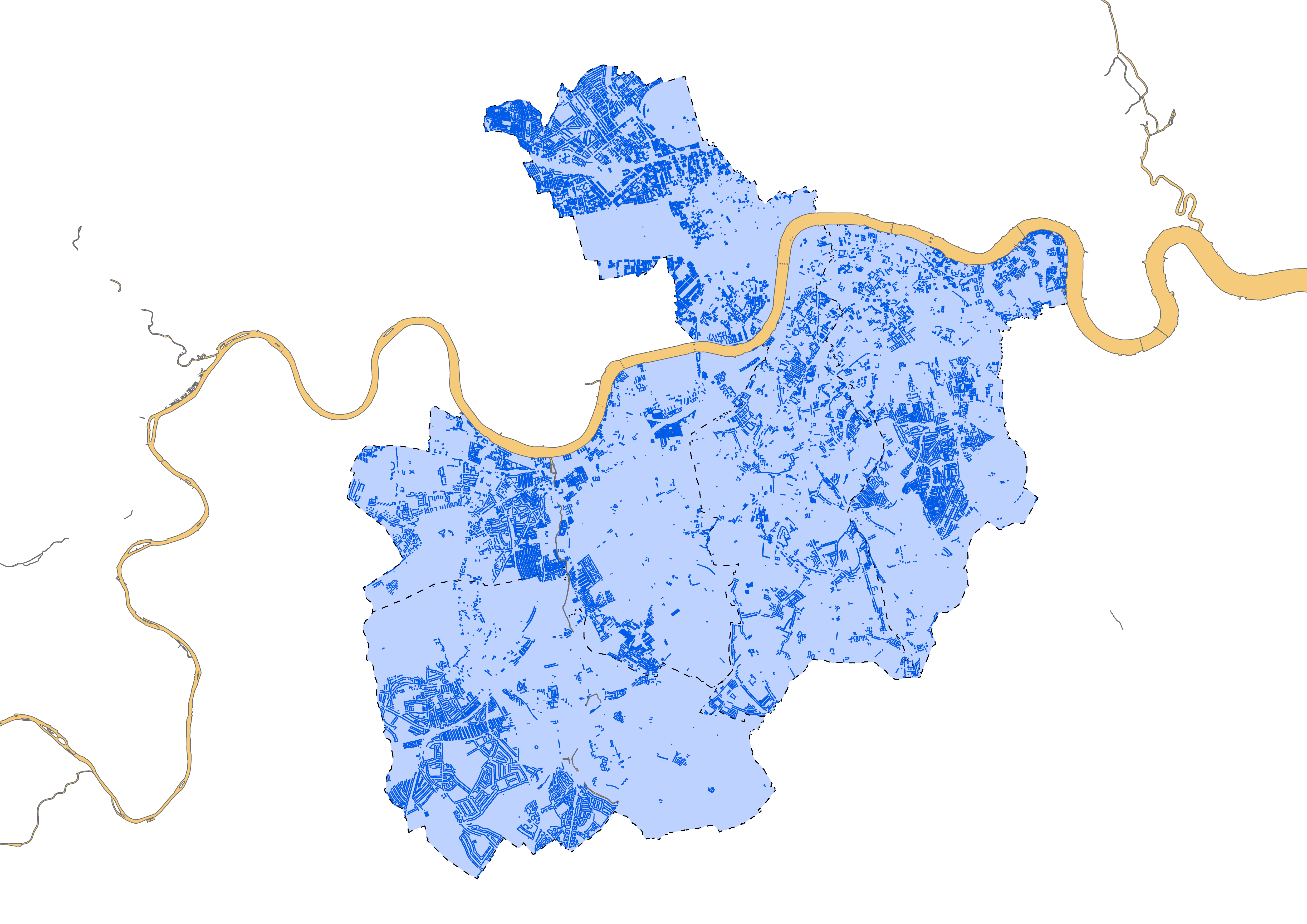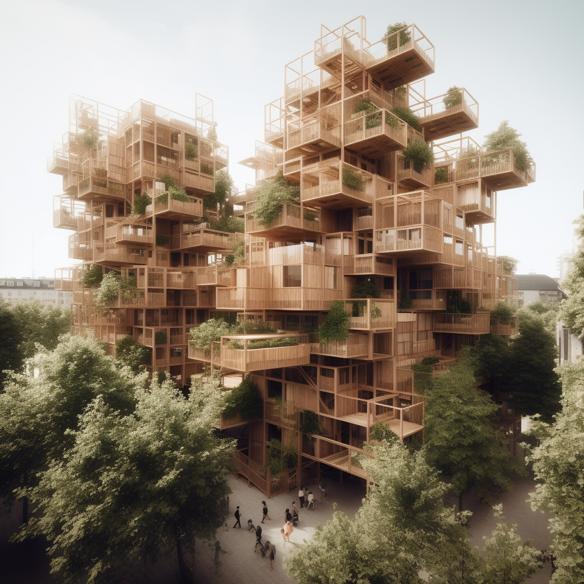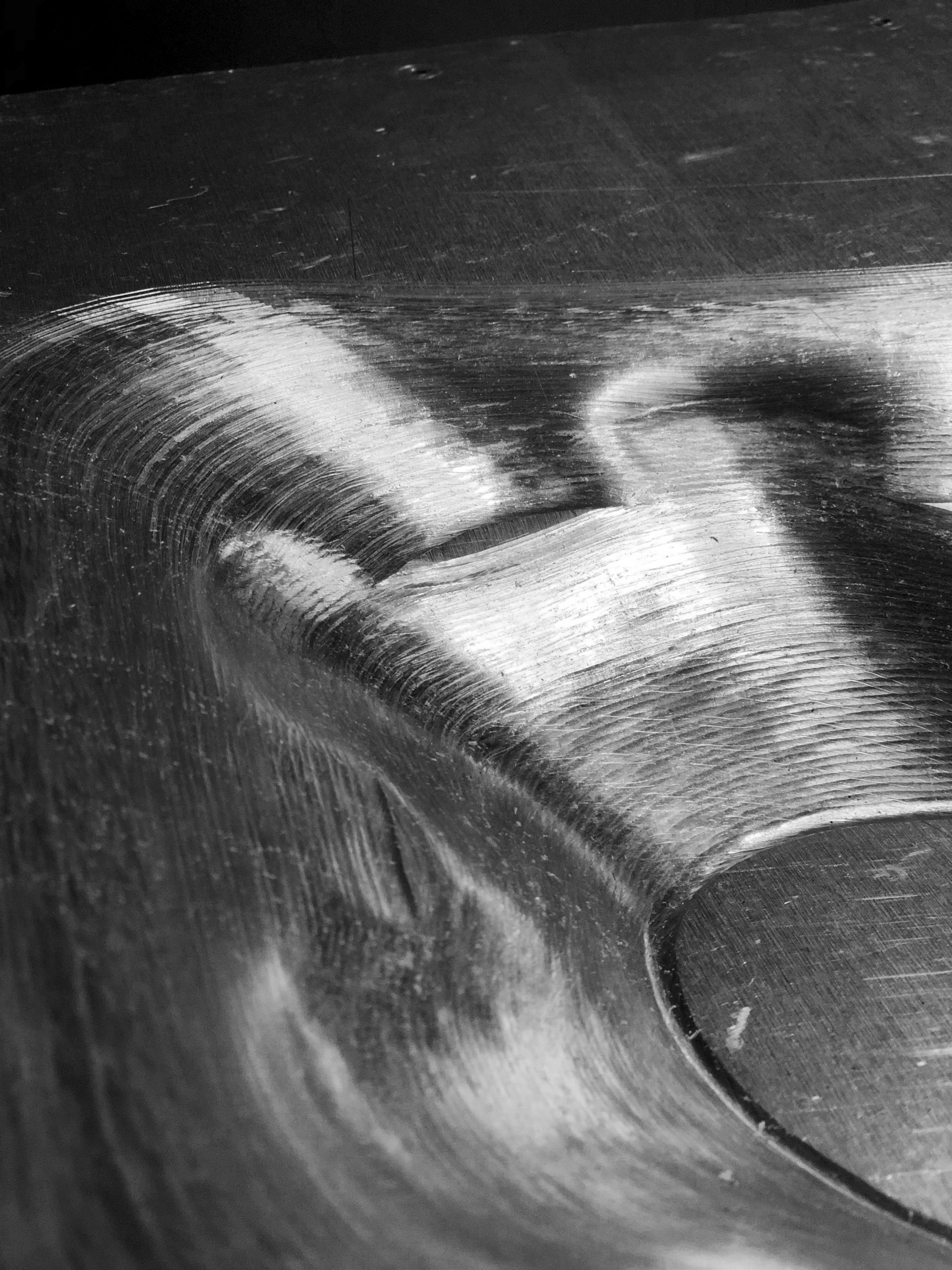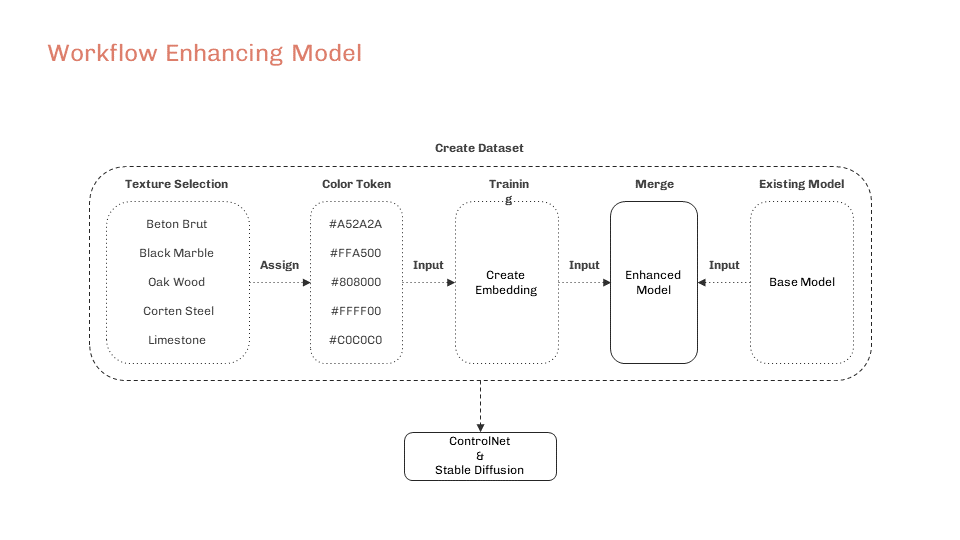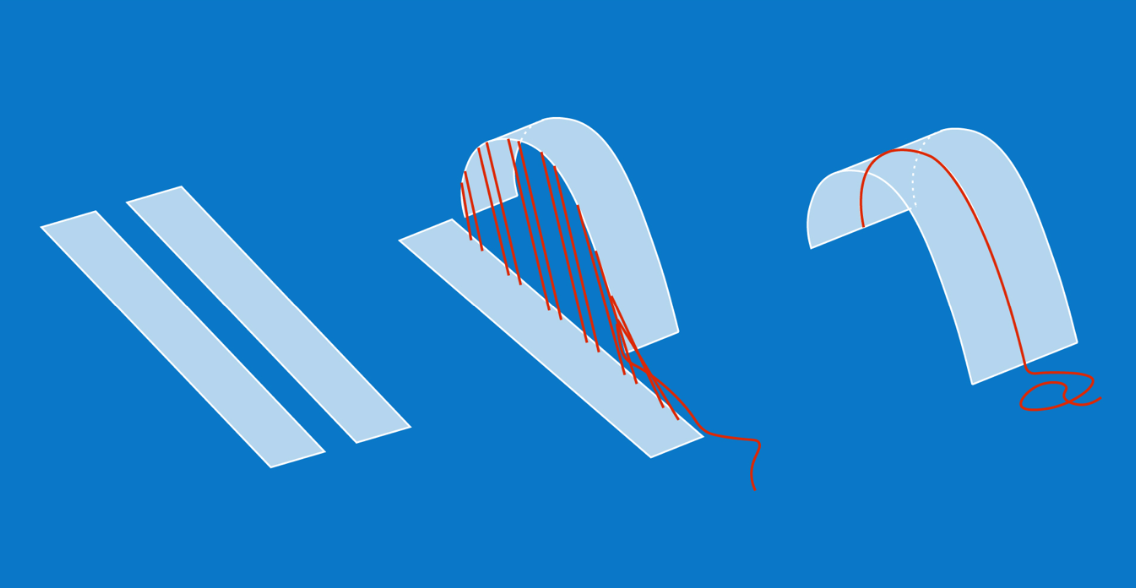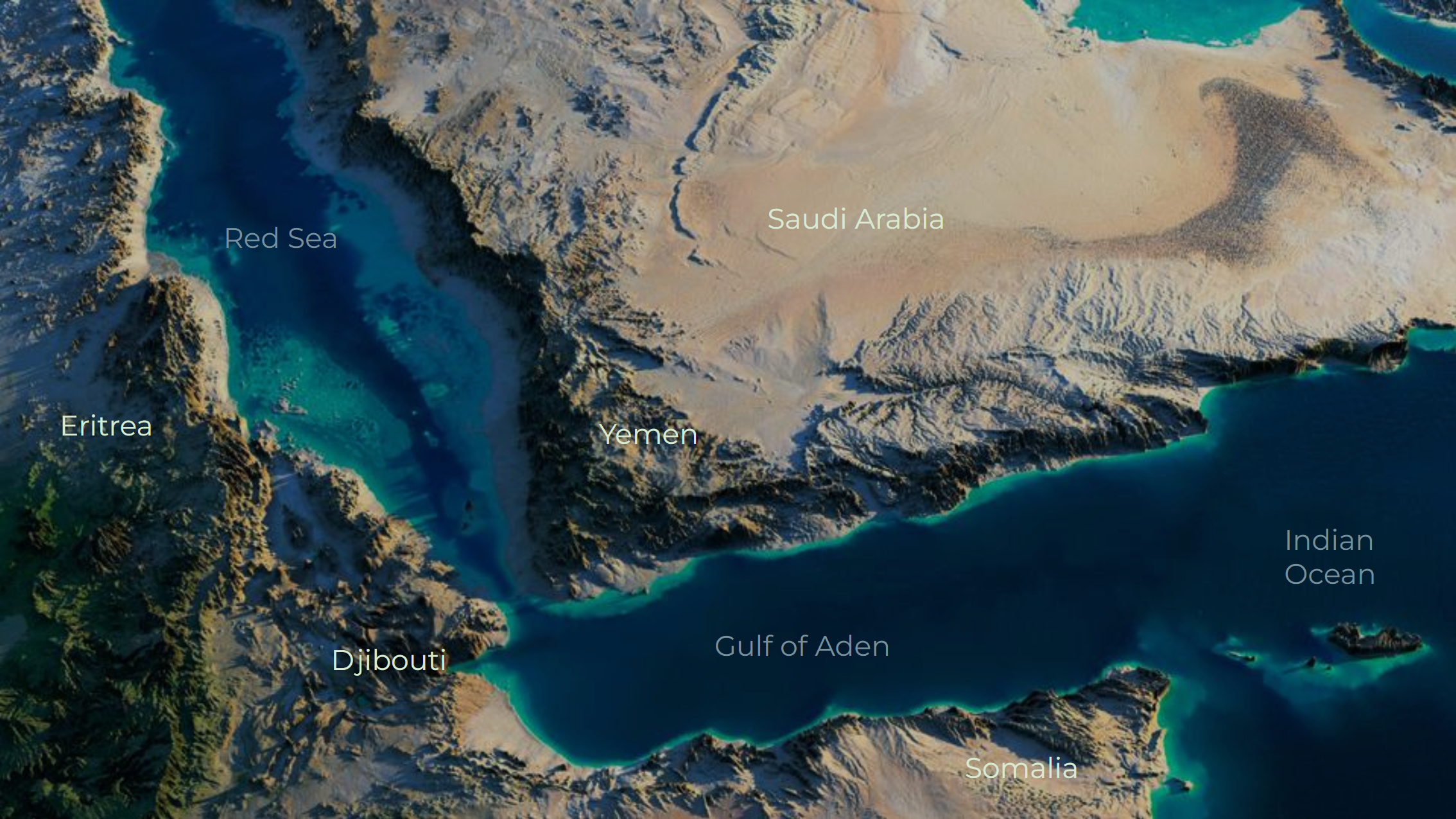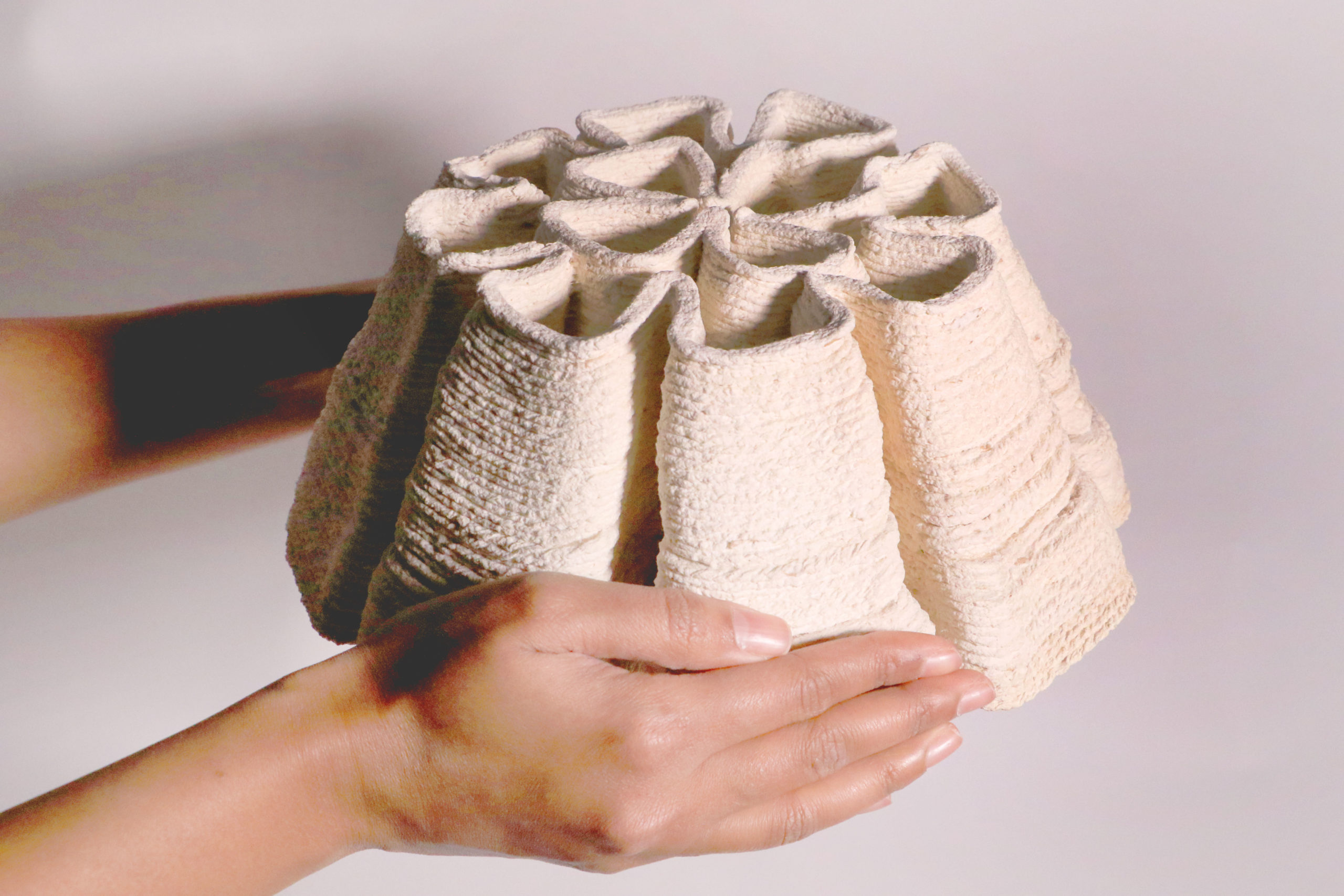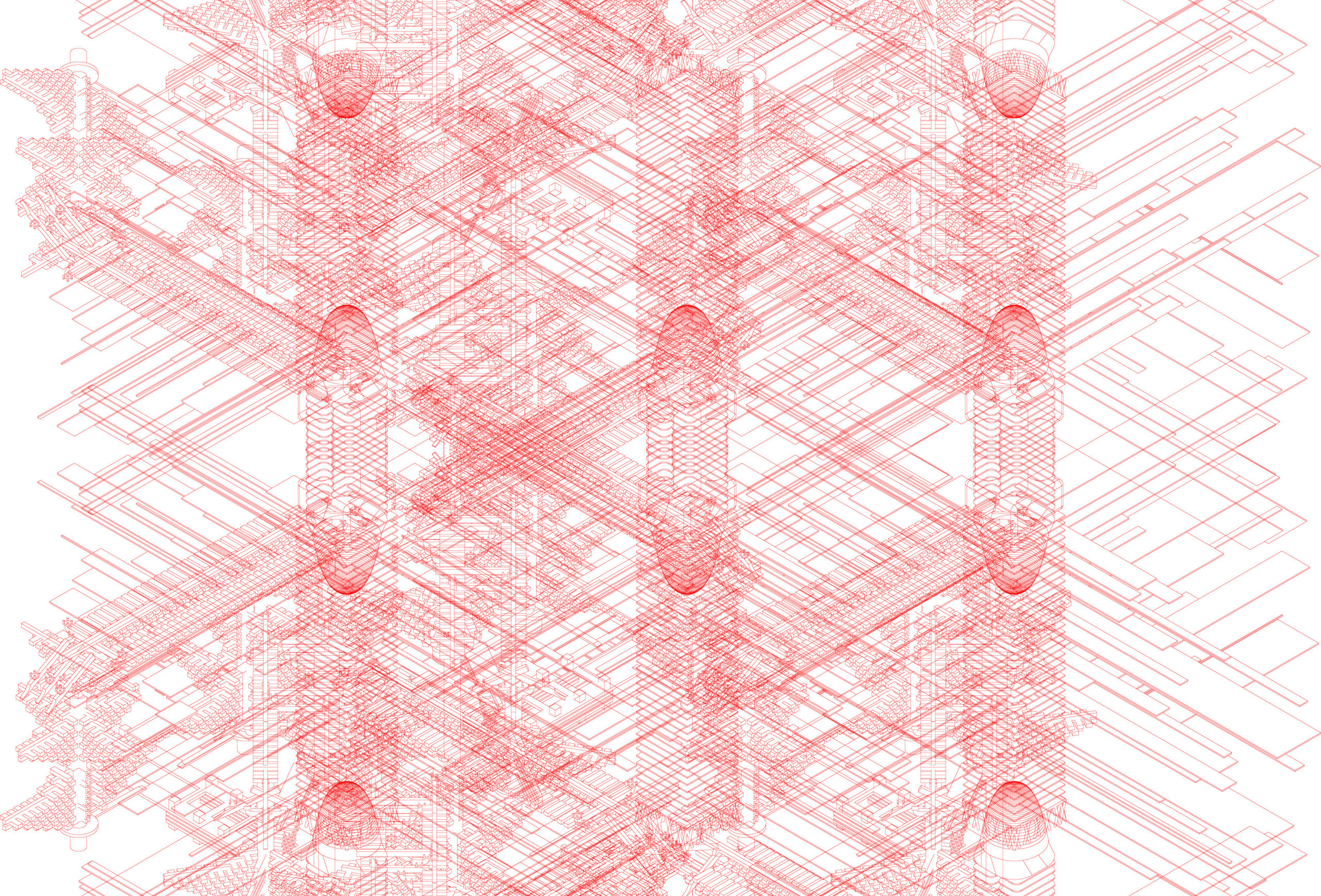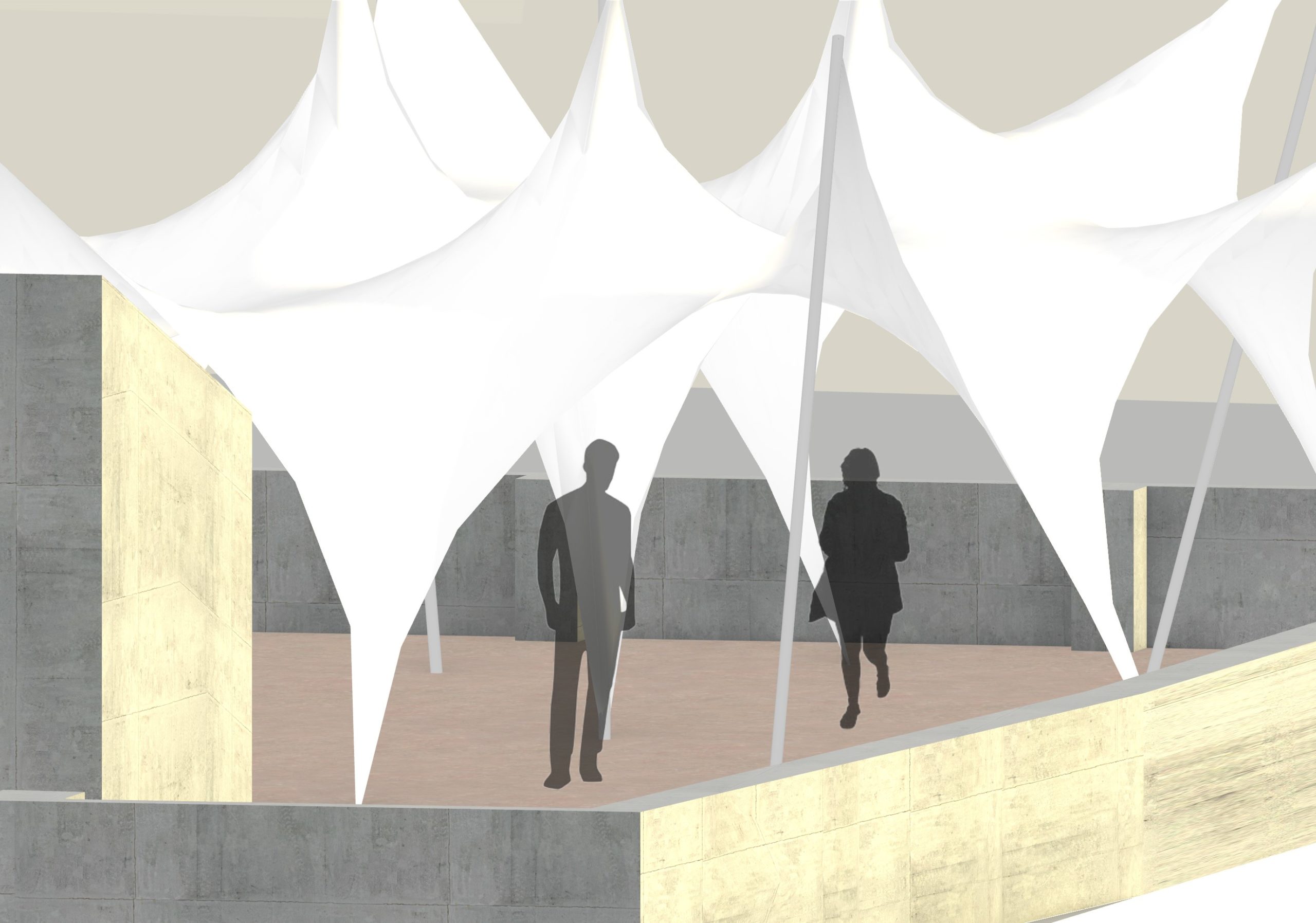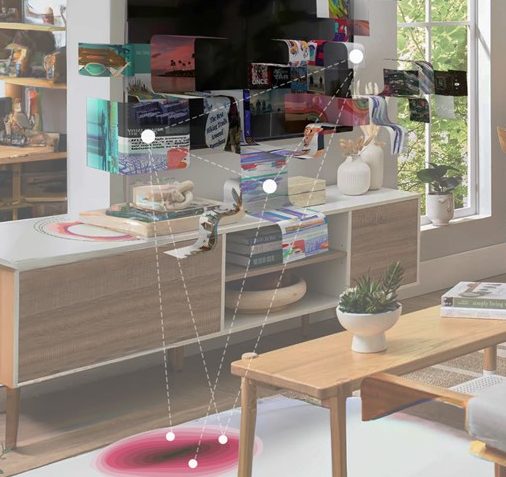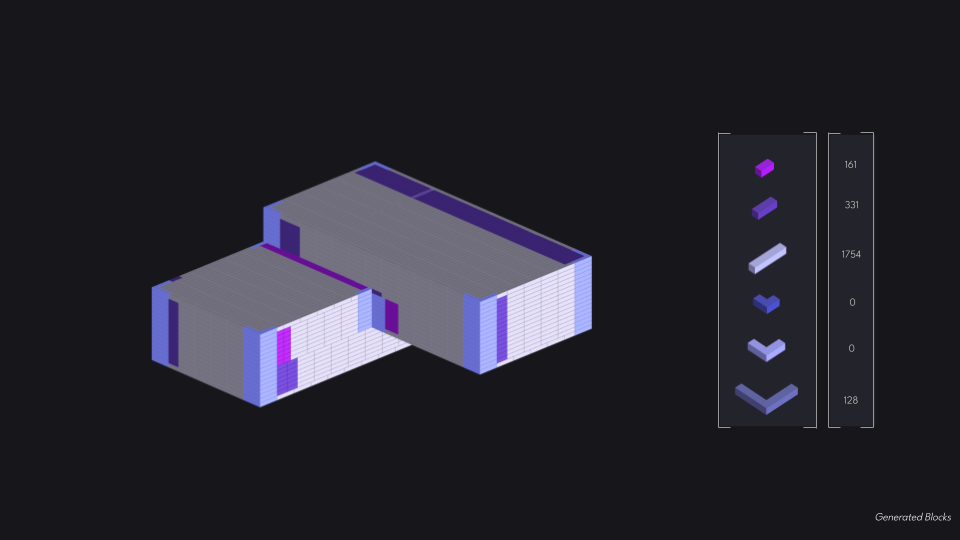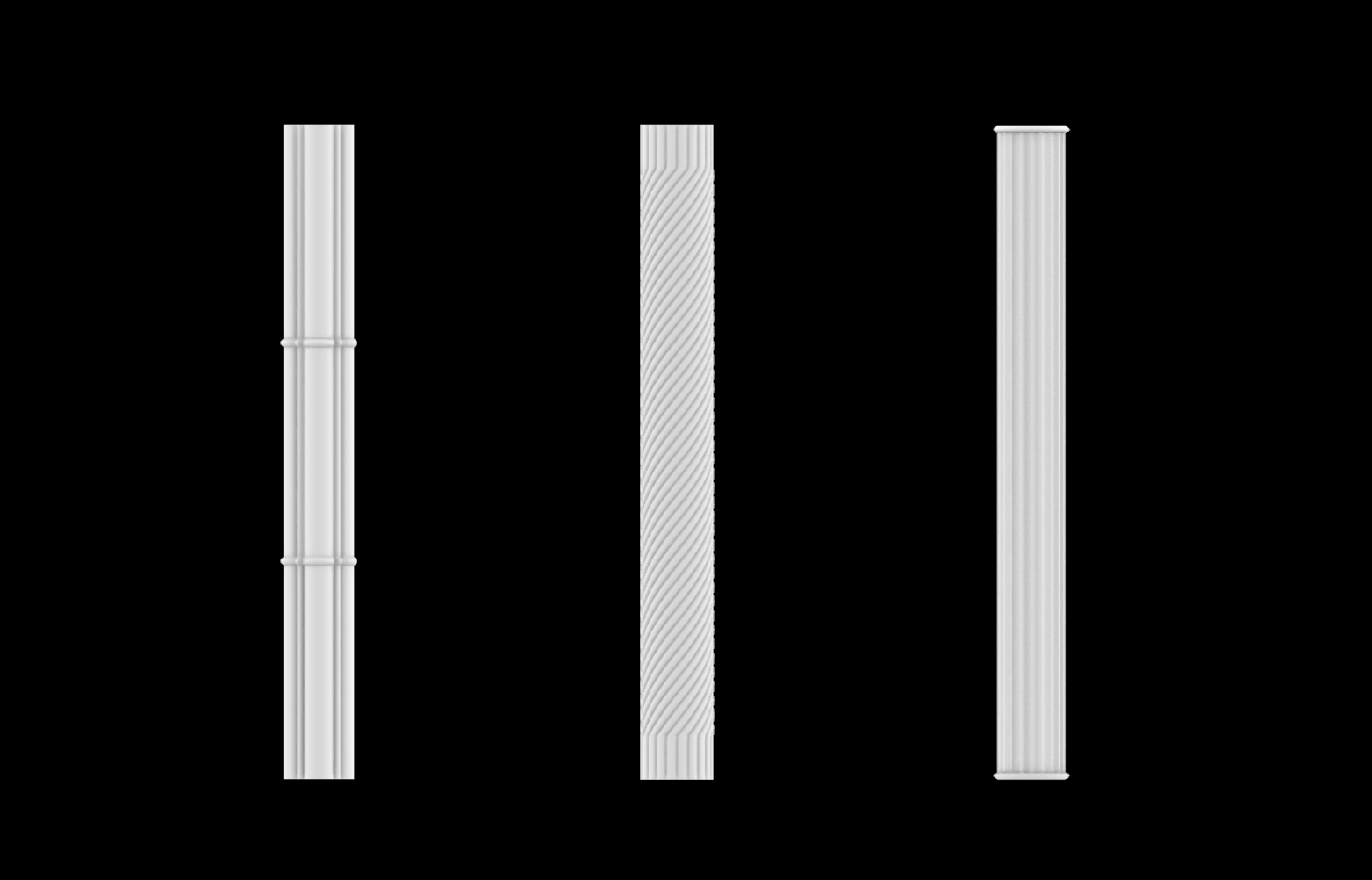Democratizing Architectural Design: A Participatory Approach through AI
The democratization of the design process through artificial intelligence is the focus of my Master’s thesis. Recent advancements in AI have revolutionized the field of architecture by making it more accessible and inclusive. The necessity for years of experience with professional software is no longer a barrier, as text-to-image AI systems enable non-experts to visualize … Read more


